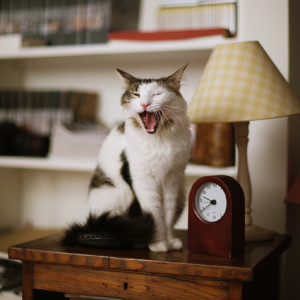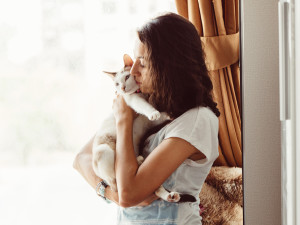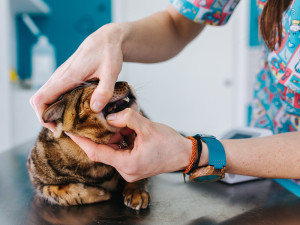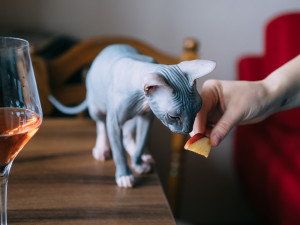How Much Should You Actually Be Feeding Your Cat?
If they’ve lost their hourglass figure, then not that much – according to a veterinary nutritionist
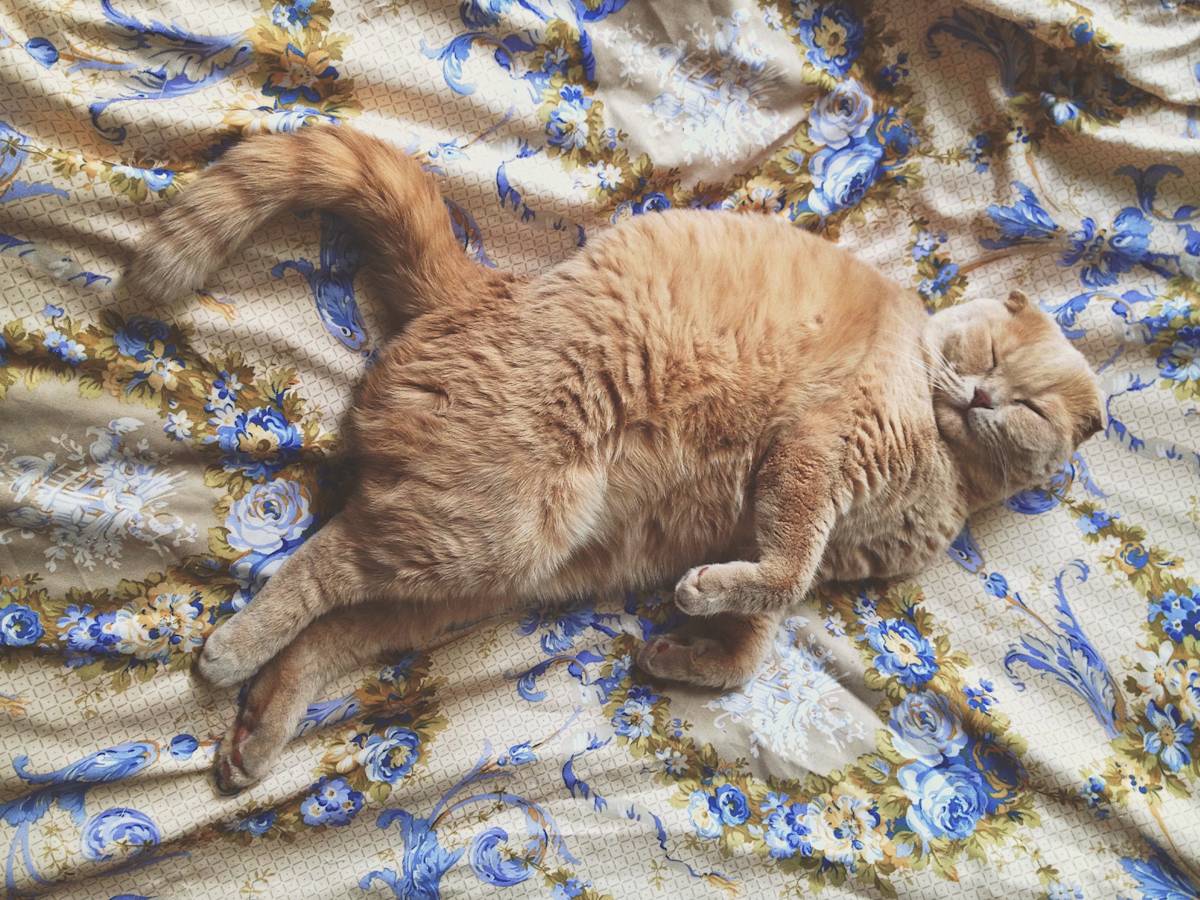
Share Article
You were taught to clean your plate, so can you blame your cat for doing the same? But as valiant as their waste-free eating efforts might be, it’s up to you to portion out their meals. If you aren’t sure how much is too much, you aren’t alone. Every animal is different, so it’s not as cut-and-dry as it sounds.
Knowing if you’re feeding your cat too little or too much isn’t easy because vets rely on visual assessments over weight scales. But most people are overfeeding their cats, according to board-certified veterinary nutritionist Dr Angela Rollins. If your cat sports a paunch that hangs between their paws, you probably need to start counting calories.
On average, cats need to eat about 200–300 calories per day. “Even if you feed them the amount recommended on the bag, it still may be more than your pet needs,” says Dr Rollins. “If your pet is gaining weight, don’t be afraid to reduce [the recommended amount] – it’s just a guideline.”
While cats in general have cruelly slow metabolisms, the metabolic rate can fluctuate. A 6kg male cat will need more calories than a 4kg female cat, and outdoor cats who roam and hunt need more calories than their indoor friends who spend their days napping in the sunshine. Dr Rollins also notes that spayed and neutered cats have even slower metabolisms and might need 25 percent fewer calories than intact cats.
If you fill your cat’s bowl to the brim, and they devour it in one sitting, try feeding one meal a day and measuring out the portions. “Practicing portion control and preventing weight gain is so much easier than trying to get your cat to lose weight,” says Dr Rollins. “It doesn’t matter what kind of food you’re feeding; if it’s freely available, you won’t be successful at managing portions.”
In a multi-cat household, you may have to get creative to figure out if one is under- or over-eating (if it isn’t obvious). “There are great tools like automated feeders that use microchips on cats’ collars to allow separation at the feeder,” says Dr Rollins. “It allows access to the thin cat all day, but the overweight cat gets portioned meals.” Let’s not forget about treats. If you liberally dole out your cat’s favourite treat or offer up the milky remains in your ice cream bowl, the extra calories will add up. Dr Rollins recommends limiting treats to no more than 10 percent of your cat’s daily caloric intake.
Playing the diet police will undoubtedly make you feel like the bad cop, but it will also increase the odds that your cat maintains a healthy weight and lives a long life. They might whine now, but stay strong: they’ll thank you someday.
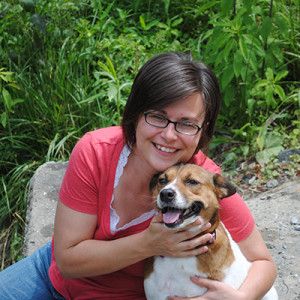
Jodi Helmer
Jodi Helmer is a North Carolina-based freelance writer who shares her home with an embarrassing number of rescue dogs and relies on four feral cats to patrol the barn. When she isn’t refilling food and water dishes, Jodi writes about animals for Scientific American, Sierra, WebMD, AKC Family Dog, Living the Country Life, and Out Here.

